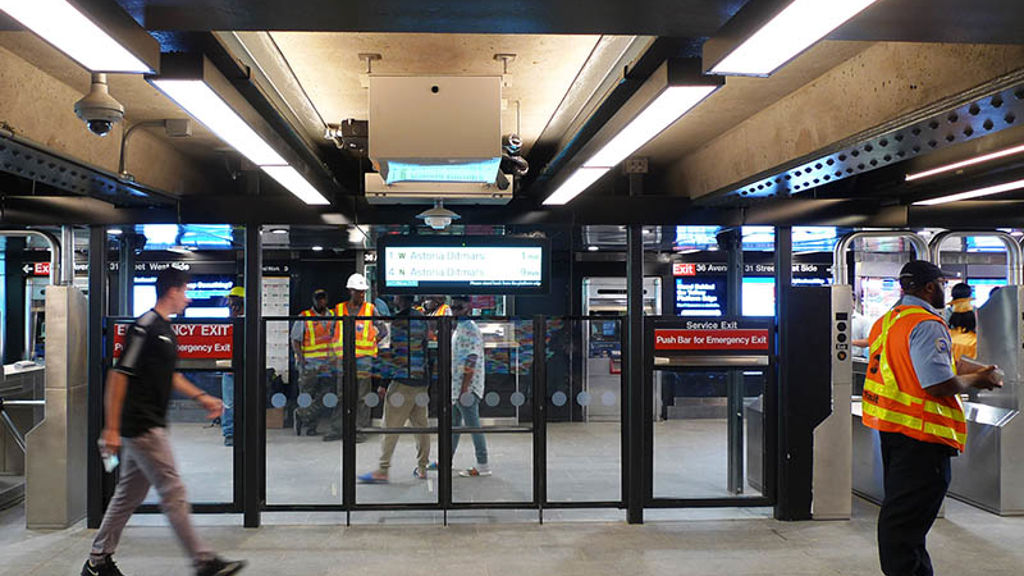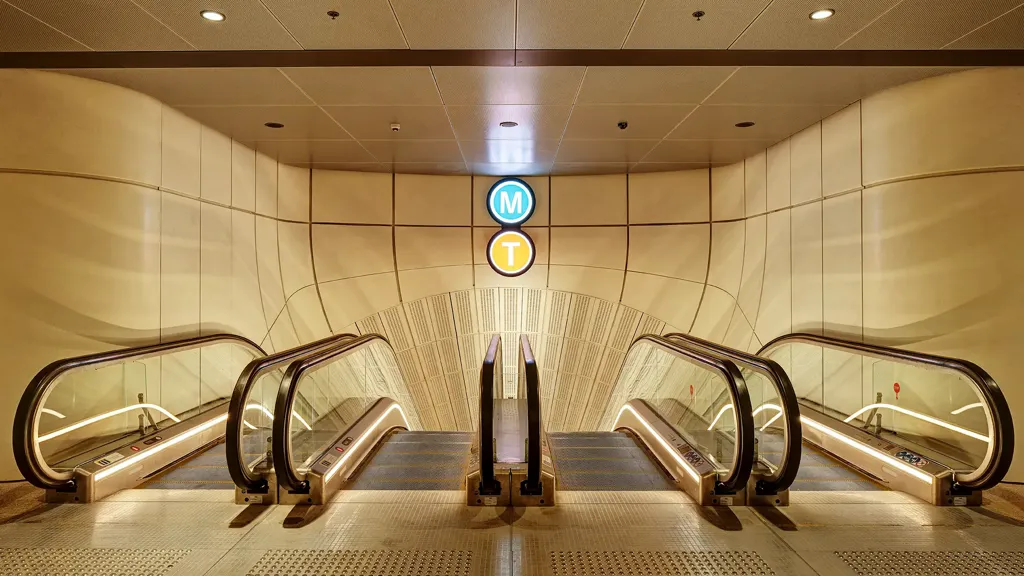The MRT Orange Line is a crucial expansion of Bangkok’s public transport system, designed to connect the city centre to the eastern districts and alleviate traffic congestion.
Arup was appointed by Italian-Thai Development Ltd as their preferred partner to work on the detailed design of the East Section between Hua Mak and Khong Ban Ma stations. This section includes about 4km of twin bored tunnels, three underground stations, three ventilation shafts and a cut-and-cover tunnel. It runs through the city’s busiest roads, with one station under a flyover and several canal crossings requiring temporary or permanent diversion.
Our scope of work included track and tunnel alignment, geotechnical, tunnelling, structural, civil, MEP, fire, tunnel ventilation, building services, station planning and architectural design.
Our involvement in the East Section began at the tender stage, where we provided multidisciplinary design services for three separate contract packages. This early involvement enabled us to incorporate valuable lessons learnt to enhance project execution.
To facilitate construction, we used more detailed basic designs and advanced modelling tools to quickly address potential issues and optimise designs before construction. We tackled basal instability during underground station excavation with an innovative bay-by-bay approach, avoiding costly ground treatments and ensuring safety. We also developed a holistic fire safety strategy for underground stations, tunnels and ancillary ventilation buildings, utilising computational modelling to optimise evacuation and smoke control systems.










